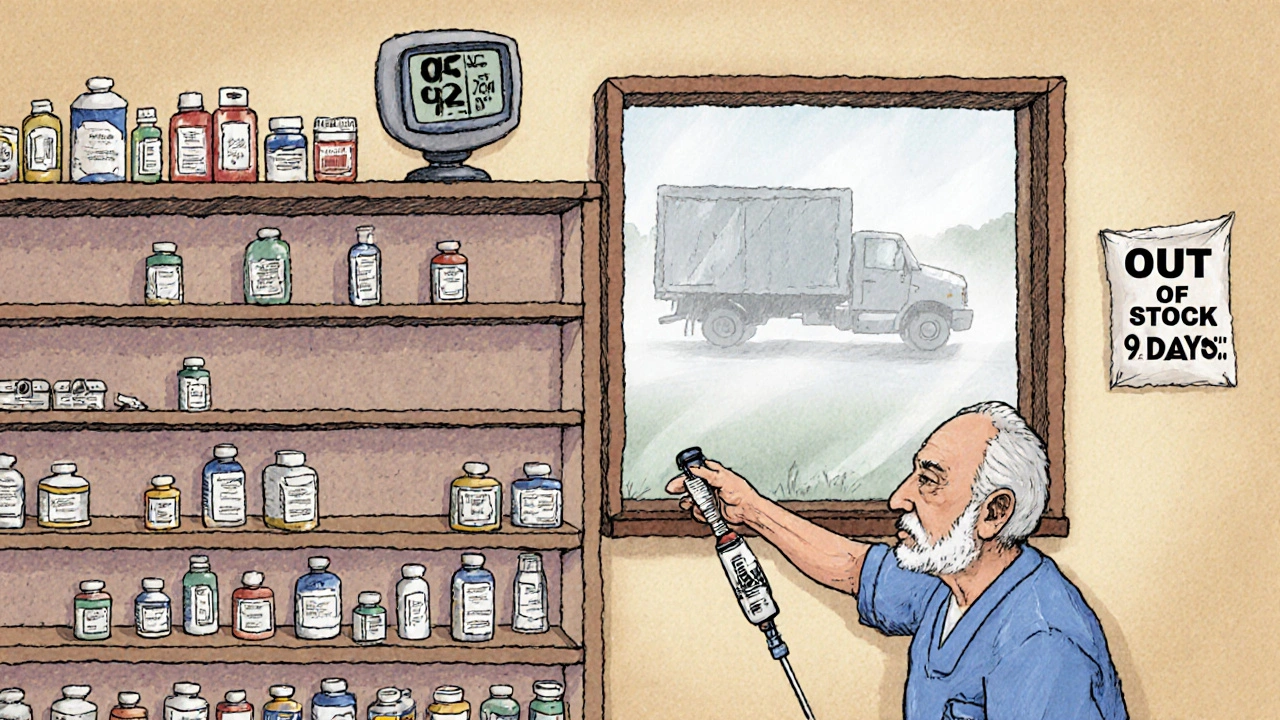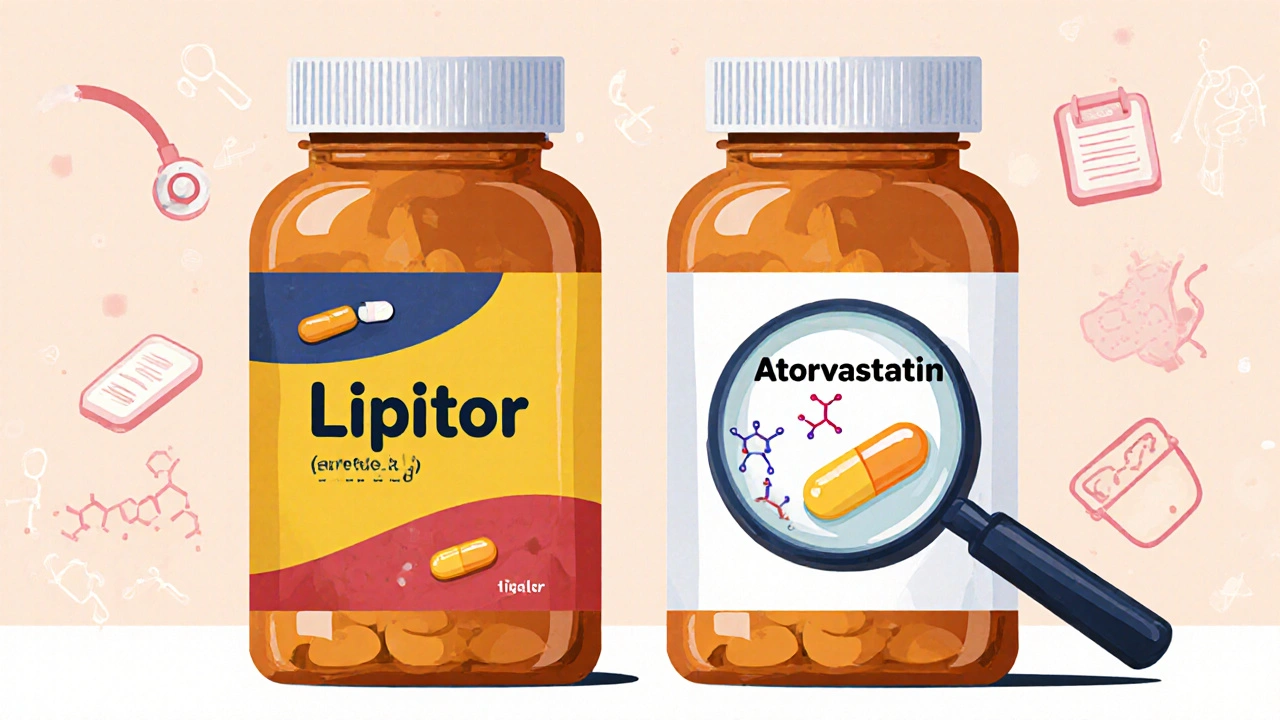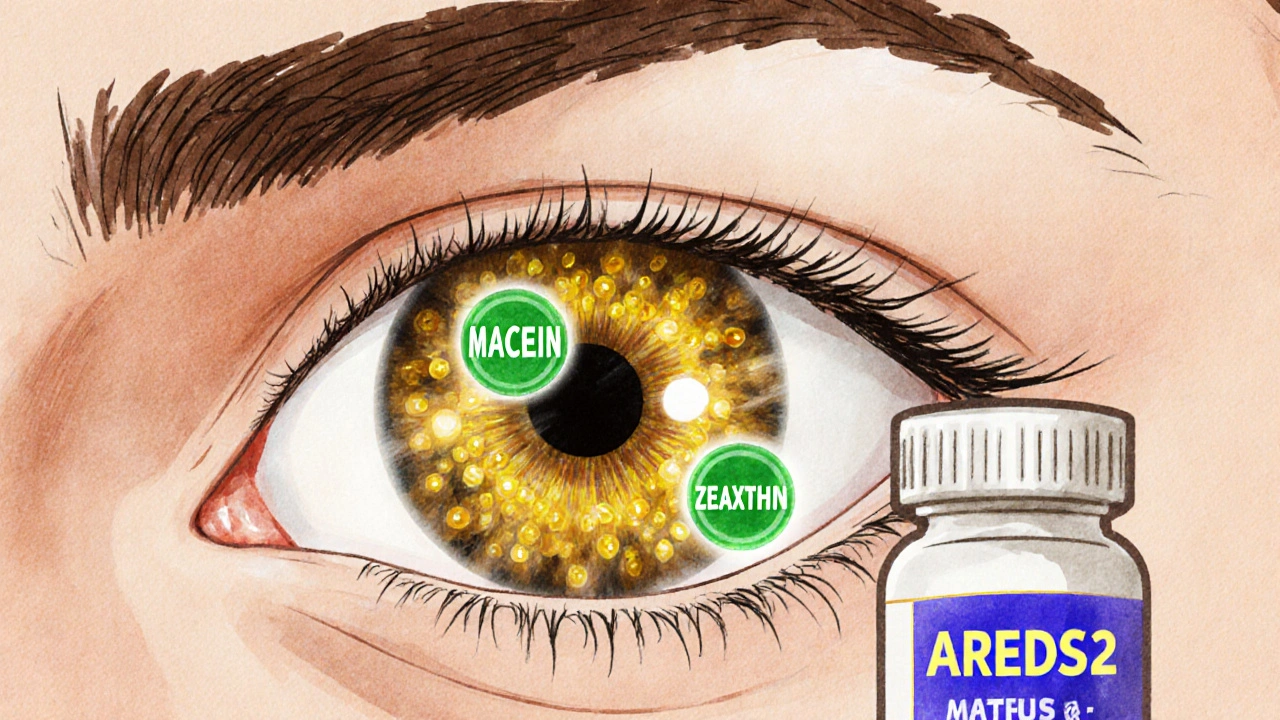Pharma Supply Chain Risk Calculator
Supply Chain Risk Assessment
Calculate how many medications might become unsafe due to temperature excursions.
Key Facts
- Critical 72% of biologics require 2°C-8°C storage
- Data 32% of rural deliveries have temperature violations
- Impact 1 degree outside range = drug degradation
- Solution Real-time monitoring cuts excursions by 42%
Potential Degraded Medications
Results will appear here
Based on article data: 32% of shipments without monitoring face temperature violations
When you pick up a prescription, you expect it to work. You don’t think about where it came from, how it was stored, or whether it passed through a dozen hands before reaching your hands. But the truth is, the journey of your medicine-from factory to pharmacy-is one of the most complex, fragile systems in modern healthcare. And when it breaks, people get hurt.
The Invisible Backbone That Keeps You Alive
The pharmaceutical supply chain isn’t just logistics. It’s a life-support system. Around 7.9 billion people worldwide rely on it every day. And yet, it operates with almost no room for error. A single temperature spike during transport can render a life-saving biologic useless. A counterfeit pill masquerading as insulin can kill. A delay in shipping can force a cancer patient to pause treatment. According to Butler University researchers, this system serves as the "invisible backbone" of patient safety. No other industry has such direct, life-or-death consequences tied to its efficiency. Unlike buying a broken phone, when a drug fails, there’s no return policy. No replacement. Just consequences.What Goes Wrong? The Real Threats to Your Medicine
It’s not just about bad luck. The risks are built into the system. Temperature control is one of the biggest challenges. Over 72% of biologics-like vaccines, cancer drugs, and autoimmune treatments-must stay between 2°C and 8°C. Fifteen percent need freezing below -60°C. One degree outside that range, and the drug degrades. Real-time monitoring now covers 68% of high-value shipments, cutting temperature excursions by 42%. But that still leaves a third of shipments flying blind. Counterfeit drugs are another silent killer. The WHO estimates 1 in 10 medicines in low-income countries are fake. Even in the U.S., supply chain gaps allow fake or tampered products to slip through. Blockchain tech is helping-37% more companies have adopted track-and-trace systems since 2020. But it’s expensive. The average pharmaceutical company spends $12.7 million a year just to keep tabs on its products. Drug shortages are the most visible failure. During the first six months of the pandemic, shortages jumped 300%. Why? Because 78% of the world’s active pharmaceutical ingredients (APIs)-the core chemical parts of drugs-are made in just two countries: China and India. When a factory there shuts down, or a shipping route gets blocked, the ripple effect hits hospitals in Liverpool, Chicago, or Lima.When the System Fails: Real Stories, Real Harm
Numbers don’t always tell the full story. People do. In 2024, Hurricane Helene knocked out Baxter’s North Carolina plant. Over 80% of U.S. hospitals faced critical shortages. Surgeries were canceled. IV bags of saline ran out. Patients waited days for basic treatments. On Reddit, pharmacists in rural clinics posted about going three months without epinephrine-life-saving auto-injectors for allergic reactions. They had to ration doses. One nurse wrote: "We gave half the dose to a child because we didn’t know when the next shipment would come. We prayed it would be enough." A multiple sclerosis patient in Ohio shared on RateMDs: "My Tysabri infusions were delayed 17 days. When I got my MRI, two new brain lesions showed up. The doctor said it was directly tied to the gap in treatment." The American Hospital Association found that 68% of hospitals had to substitute one drug for another during shortages. Nearly 30% of those substitutions led to adverse reactions-rashes, organ stress, even hospitalizations.
Why Is This So Hard to Fix?
It’s not for lack of trying. The FDA’s Drug Supply Chain Security Act (DSCSA) requires every prescription drug to have a 2D barcode by 2023. That’s a huge step. But implementation? Messy. Hospitals report that 76% struggle to connect old computer systems with new serialization tech. Training staff takes 14 to 18 months. The upfront cost for a full track-and-trace system? Around $450,000. That’s a lot for a small clinic. And then there’s the "last mile" problem. Even if a drug makes it from Germany to New York in perfect condition, what happens when it’s delivered to a nursing home in rural Alabama? Temperatures aren’t monitored. Delivery drivers don’t know the rules. One study found 32% of rural deliveries had temperature violations. The system is designed for normal conditions. It wasn’t built for pandemics, cyberattacks, or geopolitical wars. When a software glitch took down 759 hospitals in 2024, it wasn’t because of a virus-it was because a third-party vendor’s system failed. And 74% of healthcare cyber incidents in 2023 came from those same outside vendors.Who’s Doing It Right?
Some companies are ahead of the curve. Pfizer’s supply chain protocols scored 4.7 out of 5 in a 2024 review. Their secret? Cross-functional teams. Not just logistics people. Not just IT. Pharmacists, regulatory experts, data analysts-all working together. The PharmChain certification program, launched in 2022, has trained over 8,400 professionals. Those with certification are 92% more likely to implement systems that prevent errors. And new tech is emerging. AI-driven demand forecasting could cut shortages by 35% by 2027. Blockchain integration is expected on 85% of high-value shipments by 2028. The WHO now includes supply chain resilience in its global benchmarks-pushing countries to measure what they used to ignore. But progress is slow. Only 62% of manufacturers were fully compliant with the FDA’s 2025 electronic tracing mandate. And the cost? It’s still out of reach for most generic drug makers, whose guidelines average just 3.2 out of 5 in quality ratings.





